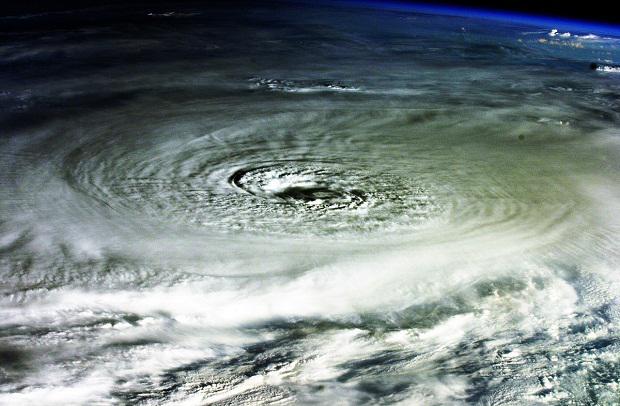728
Obscure apocalypse

National Oceanic and Atmospheric Administration (NOAA) in cooperation with the American Meteorological Society (AMS) published a report on the State of the Climate in 2011. Document developed 348 scientists in 48 countries, it includes detailed data on climatic changes observed over the last year. "2011 will go down in history as the year of climate extremes," - says a leading researcher at the NOAA Kathryn Sullivan. The climate phenomenon La Niña, which is characterized by an abnormal cooling of the surface waters in the central and eastern tropical Pacific, had an impact on many significant weather events in the world last year. Among them, the drought in East Africa, the southern United States and northern Mexico, the season of tropical cyclones in the North Atlantic, a typhoon in the northwest Pacific, the strongest in 70 years floods in Thailand Flood in Brazil and the summer heat in Central Europe. The report also notes that the Arctic continues to show the most rapid climate change in comparison with the rest of the planet. Where warming has led to the fact that the area of sea ice has shrunk to year low. In preparing the report to determine general trends and changes in the global climate system, it was used 43 indicators, of which the temperature in the lower and upper layers of the atmosphere, the evaluation of cloud cover, sea surface temperature, and others.
Source: www.utro.ru/articles/2012/07/11/1058248.shtml























